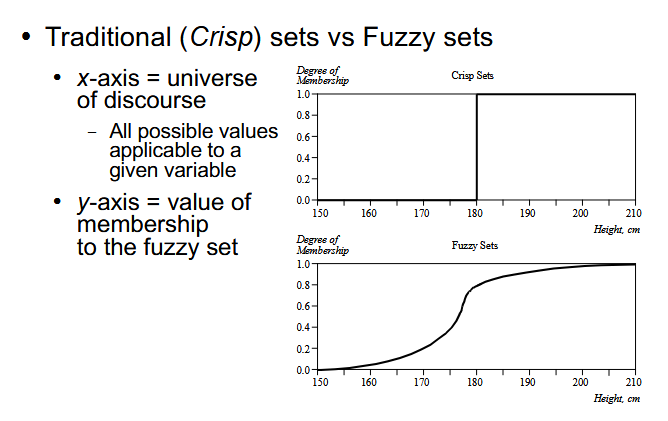14 Modal Logics
We can extend or modify classical logic. The assumptions we made with Predicate Logic Reasoning are the following:
- Each fact is either true or false; we operate under Closed World Assumptions.
- Knowledge must be consistent, while in human reasoning, alternative hypotheses are considered and are removed as soon as new evidence is available.
- Knowledge monotonically grows through the use of inference rules.
Modal logics are a family of extensions of logics:
- Temporal
- Deontic
- Epistemic
- Alethic
- Ethic
14.1 Temporal Logics
Extend classical logic with operators such as:
- \square A: “A is always true”
- \lozenge A: “A is sometimes true”
- \bigcirc A: “A is true in the next state”
We can “simulate” these operators in traditional logic using moments as arguments, but we must include an arithmetic structure to handle the temporal aspects.
14.2 Deontic Logics
Allows expressing obligation or permission, with operators such as:
- OA: A is mandatory
- PA: A is permitted
- O \neg A: A is forbidden
Axioms:
- PA \iff \neg O \neg A: all and only non-prohibited things are permitted
- OA \Rightarrow PA: what is mandatory must be permitted
14.3 Epistemic Logics
Allows working on a meta-level (meta-knowledge and meta-reasoning), modeling knowledge and beliefs, with operators such as:
- K: denotes what an agent knows
- A: the agent knows that proposition A is true
- B: denotes what an agent believes
- A: the agent believes that proposition A is true
This allows representing what agents know or believe about each other, hence the meta-level.
14.4 Fuzzy Theory
Fuzzy theory is a mathematical theory that encodes qualitative evaluations. It is an extension of Boolean logics to values in the continuous range [0, 1]. It is based on the idea that the elements of a set are defined through a degree of membership.
The degree of membership can be interpreted as a probability, and many kinds of membership functions are available, with the only requirement being smooth functions to model the uncertainty.


14.4.1 Operations
- Complement: \mu_A(x) = 1 - \mu_A(x)
- Intersection: \mu_{A \cap B}(x) = min(\mu_A(x), \mu_B(x))
- Union: \mu_{A \cup B}(x) = max(\mu_A(x), \mu_B(x))
14.5 Non-monotonic reasoning
- Default logic
- Negation as failure